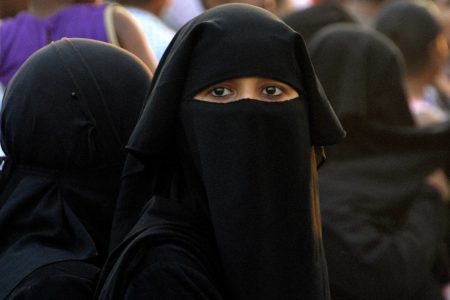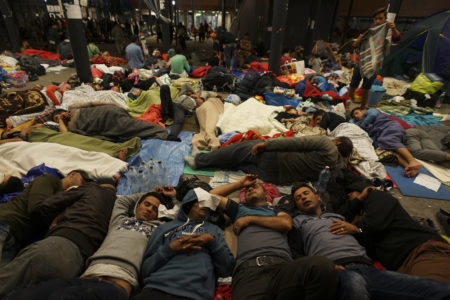Critical race theory is a way of viewing issues of race and racism in our societies that is rooted in critical theory. Arising from a combination of critical studies of law and critical ethnic studies, critical race theory takes the position that our societies are fundamentally organized upon a premise that racism is systemic in society, existing always and everywhere just beneath the surface of society. It then demands taking a critical view of society based upon this premise, which means that it requires us to accept the diagnosis of systemic inequalities based upon social constructions of race and continually examine ourselves, each other, and society as a whole, including our institutions, for any trace of racial bigotry so that it might be dismantled.

Critical race theory arose from the racial and legal theory of Derrick Bell of Harvard Law School in the 1980s and was developed by his student and collaborator Kimberlé Crenshaw, who is most famous for introducing and codifying the concept of intersectionality. These two legal scholars made some important observations about discrimination law and then went further and urged that both law and race be examined through a critical lens for the purposes of advancing identity politics. Crenshaw was particularly explicit about this aim and sought to reintroduce social significance into racial categories after decades of their erosion by liberal principles, which she criticized directly. She advocated instead a modification of postmodern deconstructive methods and identity-first approaches for addressing issues of race and racism.
Following Bell and Crenshaw, critical race theory often operates like a conspiracy theory in which either there are few, if any, intentional conspirators. Instead, we are all unwittingly complicit in the “sins” of racial bigotry that are presumed to be immanent, permanent, and ordinary, especially in American society. This includes a denial of significant progress on these issues throughout history, claiming instead that racial problems, including white supremacy, do not so much get overcome as they learn to wear more subtle and nicer-looking masks. This, for instance, is often buttressed by Bell’s “Interest-Convergence Thesis,” which indicates that dominant groups (here: whites) only ever extend increased rights, liberties, and equality to disenfranchised minority groups when it is in the best interests of the dominant groups to do so. That is, under Bell’s thesis, racial issues do not improve; white supremacy merely finds a comelier way to present itself in seeming while it continues mostly unabated.
In the two previous episodes of The Trojan Horse (Ep. 1 and Ep. 2), Dr. James Lindsay and Dr. Peter Boghossian joined Michael O’Fallon of Sovereign Nations to discuss how the widespread dissemination and application of this critical conception of society and race function and are impacting the real world, within faith specifically and in nearly everything else more generally. In this episode, James Lindsay sits down with Michael O’Fallon to discuss the origins and core concepts of critical race theory in plain language, so that it and its terms can be more clearly understood.
Episode 3 Audio Version: Soundcloud, Google Play, Apple Podcasts, Spotify, Stitcher






Susan Stombaugh
Hello,
We have watched the first three episodes of the Trojan Horse and are looking for the final two. Have they been released yet? If so, where could we find them?
Thank you,
Susan